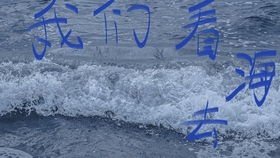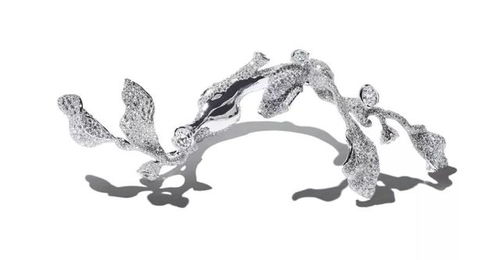Content:
Winter fishing can be a serene and rewarding experience, especially in the tranquil landscapes of the northern regions. However, the cold weather and icy conditions present unique challenges that require specific techniques to ensure a successful day on the ice. In this article, we will delve into the essential winter fishing techniques tailored for the northern climates, providing you with the knowledge to enjoy your fishing adventure even when the temperatures drop.
Understanding the Northern Climate
Before we dive into the techniques, it's crucial to understand the environmental factors that affect winter fishing in the north. The cold temperatures lead to the formation of ice on lakes and rivers, which can vary in thickness and stability. Additionally, the shorter daylight hours and the presence of ice can alter fish behavior and migration patterns.
Choosing the Right Gear
The first step in mastering winter fishing in the north is to ensure you have the appropriate gear. Here's a list of essential equipment:
Ice Auger: This tool is vital for safely drilling holes in the ice to fish through. It's essential to check the ice thickness regularly and to use a float or a spud to test the ice before stepping out.
Fishing Rod and Reel: Opt for a lightweight, durable rod and reel combination that can handle the cold and the potential for larger fish. A medium-heavy action rod is often recommended for northern waters.
Winter Clothing: Dress in layers to maintain warmth. Include thermal undershirts, a waterproof jacket, insulated pants, a warm hat, gloves, and a face mask.
Bait and Lures: Depending on the species you're targeting, choose appropriate baits and lures. Live bait, such as minnows or leeches, can be particularly effective in cold water.
Ice Shelter: An ice shelter can provide comfort and protection from the elements. It's a good idea to have one with a seat, storage space, and a way to keep your gear warm.
Selecting the Right Location
In the northern regions, fish often migrate to deeper waters during the winter months. Here are some tips for selecting the right location:
Deep Water: Target areas with deeper water, as fish tend to congregate there to escape the cold surface temperatures.
Structure: Look for underwater structures such as rocks, weeds, and drop-offs, as these can provide shelter and attract fish.
Current: In rivers, fish often gather in the slower-moving water near the edges or behind obstacles.

Winter Fishing Techniques
Now that you have the right gear and location, here are some key techniques to employ:
Drilling Holes: Use an ice auger to drill holes at a consistent depth. Start with a smaller hole and gradually increase the size if necessary.
Bait Presentation: In cold water, fish are less active, so it's important to present your bait or lure slowly and with precision. A steady retrieve or a gentle twitch can be effective.
Jigging: Jigging is a popular technique in winter fishing. Use a jigging spoon or a small metal lure and move it up and down in the water column to mimic the natural movements of prey.
Live Bait: Live bait can be very effective in cold water. Use a small hook and place the bait directly in front of the fish.
Patience: Winter fishing requires patience. Fish may be slow to bite, so be prepared to wait for longer periods between catches.
Monitoring the Water: Keep an eye on your line for any signs of movement. A subtle tap or pull can indicate a fish taking the bait.
Safety First: Always prioritize safety when ice fishing. Carry a first aid kit, a whistle, and a cell phone, and ensure someone knows your location.
Conclusion
Winter fishing in the north can be a challenging but deeply satisfying pursuit. By understanding the unique conditions, selecting the right gear, and employing effective techniques, you can enjoy a successful and safe fishing experience. Remember to respect the natural environment and the fish you're targeting, and you'll be well on your way to becoming a master of winter fishing in the northern regions.












